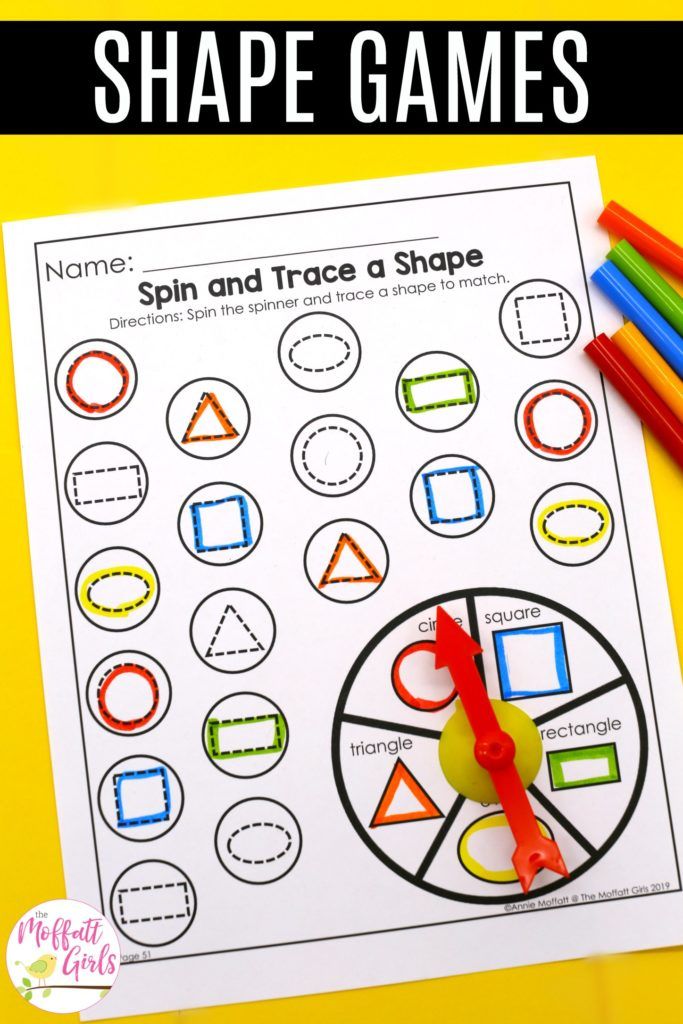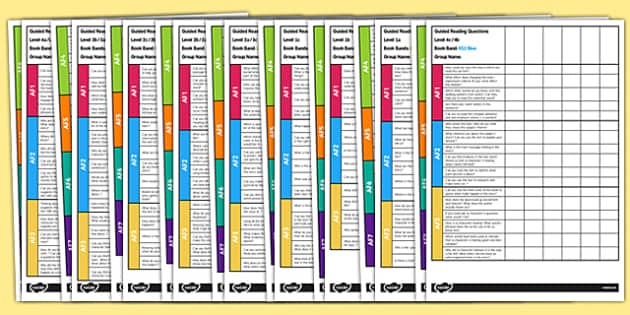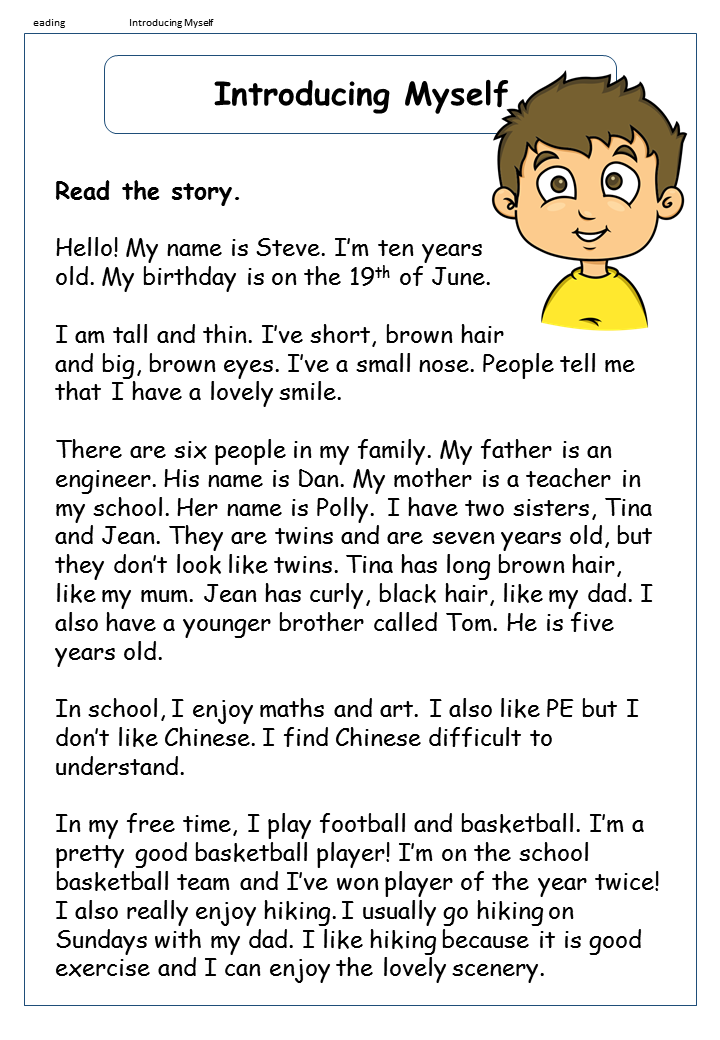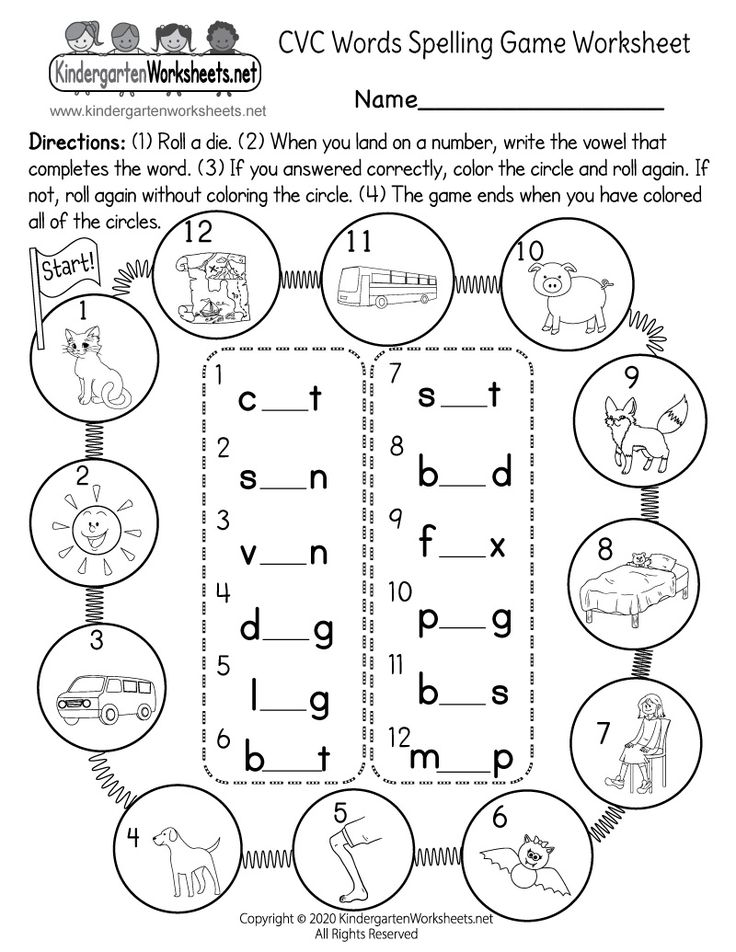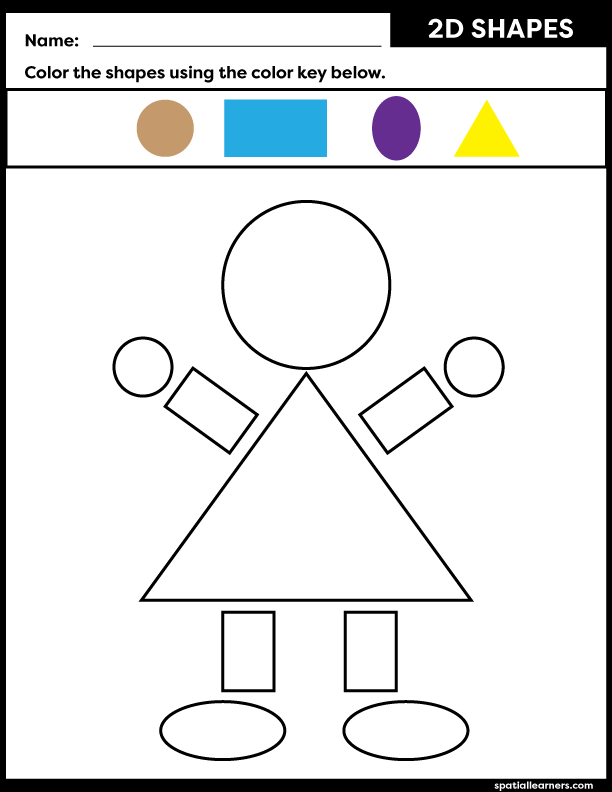How to help a first grader read
Reading Tips for Parents of First Graders
By: Reading Rockets
Give your child lots of opportunities to read aloud. Inspire your young reader to practice every day! The tips below offer some fun ways you can help your child become a happy and confident reader. Try a new tip each week. See what works best for your child.
These tips for parents of first graders are also available to download and print:
Don’t leave home without it
Bring along a book or magazine any time your child has to wait, such as at a doctor's office. Always try to fit in reading!
Once is not enough
Encourage your child to re-read favorite books and poems. Re-reading helps kids read more quickly and accurately.
Dig deeper into the story
Ask your child questions about the story you've just read. Say something like, "Why do you think Clifford did that?"
Take control of the television
It's difficult for reading to compete with TV and video games. Encourage reading as a free-time activity.
Be patient
When your child is trying to sound out an unfamiliar word, give him or her time to do so. Remind to child to look closely at the first letter or letters of the word.
Pick books that are at the right level
Help your child pick books that are not too difficult. The aim is to give your child lots of successful reading experiences.
Play word games
Have your child sound out the word as you change it from mat to fat to sat; from sat to sag to sap; and from sap to sip.
I read to you, you read to me
Take turns reading aloud at bedtime. Kids enjoy this special time with their parents.
Gently correct your young reader
When your child makes a mistake, gently point out the letters he or she overlooked or read incorrectly. Many beginning readers will guess wildly at a word based on its first letter.
Talk, talk, talk!
Talk with your child every day about school and things going on around the house. Sprinkle some interesting words into the conversation, and build on words you've talked about in the past.
Sprinkle some interesting words into the conversation, and build on words you've talked about in the past.
Write, write, write!
Ask your child to help you write out the grocery list, a thank you note to Grandma, or to keep a journal of special things that happen at home. When writing, encourage your child to use the letter and sound patterns he is learning at school.
Reading tips in other languages
A downloadable handout, for parents of babies, toddlers, and children in preschool to grade 3, is available in the following languages:
Reading tips for parents of…
Reading Rockets (2021)
Reprints
You are welcome to print copies or republish materials for non-commercial use as long as credit is given to Reading Rockets and the author(s). For commercial use, please contact [email protected]
Related Topics
Background Knowledge
Early Literacy Development
Fluency
Motivation
Oral Language
Phonological and Phonemic Awareness
Reading Aloud
Writing
New and Popular
100 Children’s Authors and Illustrators Everyone Should Know
A New Model for Teaching High-Frequency Words
7 Great Ways to Encourage Your Child's Writing
All Kinds of Readers: A Guide to Creating Inclusive Literacy Celebrations for Kids with Learning and Attention Issues
Screening, Diagnosing, and Progress Monitoring for Fluency: The Details
Phonemic Activities for the Preschool or Elementary Classroom
Our Literacy Blogs
Shared Reading in the Structured Literacy Era
Kids and educational media
Meet Ali Kamanda and Jorge Redmond, authors of Black Boy, Black Boy: Celebrating the Power of You
Get Widget |
Subscribe
1st Grade Reading Activities For Struggling Readers
First grade is often where your child’s reading foundation is developed thoroughly.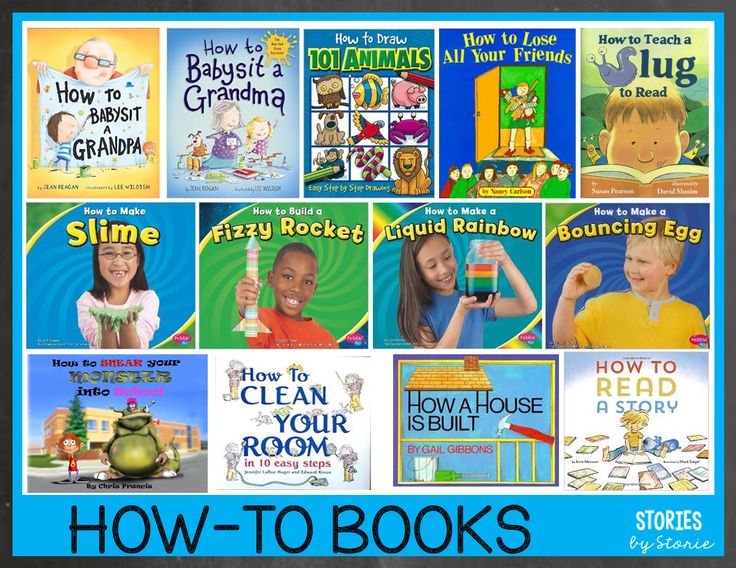 This is an essential grade for your child to establish their reading level and progress. However, sometimes children might struggle as they try to advance their reading skills. If you find that your child is struggling with reading, you can help them by trying these 1st grade reading activities for struggling readers.
This is an essential grade for your child to establish their reading level and progress. However, sometimes children might struggle as they try to advance their reading skills. If you find that your child is struggling with reading, you can help them by trying these 1st grade reading activities for struggling readers.
What reading skills should my 1st grader have?
Your first grader is definitely a full-fledged reader now! They already have many reading skills that they are continuing to improve and also acquiring new reading skills.
By the end of first grade, your child will have learned 150 sight words. They also should be familiar with many one syllable words and high-frequency words.
In first grade, they should be able to understand the basic structure and features of a sentence.
By now, they are also able to talk about what they have been reading and be able to answer content questions. Your child should also be able to understand the differences between fiction and non-fiction books and texts.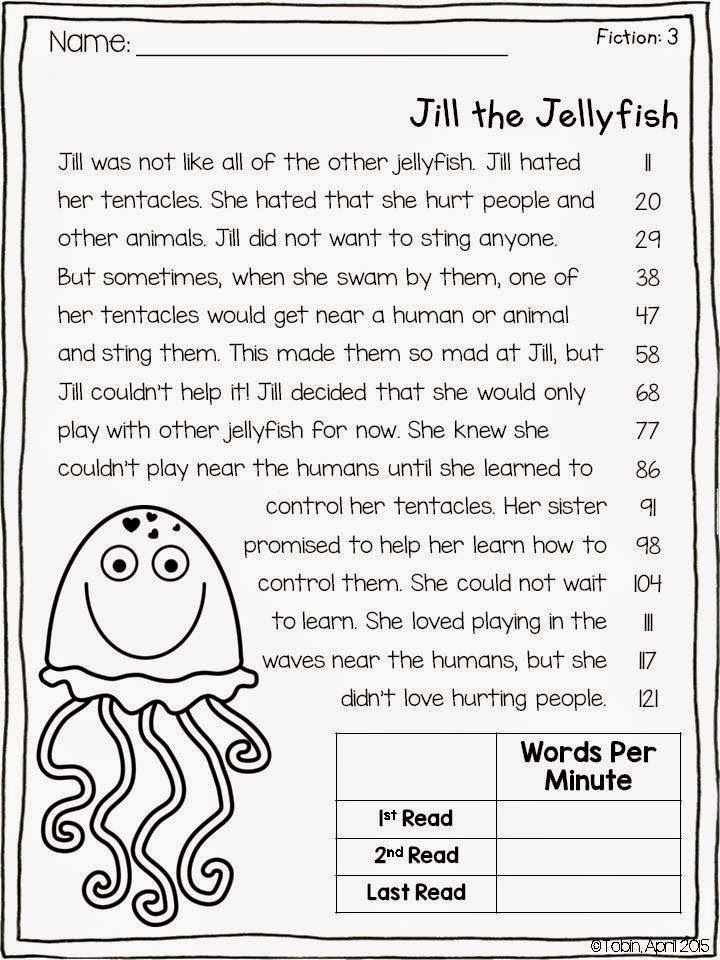
If you find that your child is struggling with any of these reading skills, they might need some more practice or intervention to help them get to their appropriate reading level.
How often should my 1st grader be reading?
When it comes to practicing their reading skills, first graders on average should be reading at least 10 minutes every day.
This might not seem like a lot of time but even just 10 minutes of reading time can help make a massive improvement in their reading skills. Make the 10 minutes a daily habit for your child like brushing their teeth.
Also, while 10 minutes is a good average number for all readers, struggling readers might be overwhelmed with anything more than that.
Some children might be hesitant or resist reading every day at first, but there are ways to make reading fun and an activity they look forward to doing.
How do you make reading fun for struggling readers?
Reading can be difficult for some first graders. It is important to be patient but also encouraging with your struggling reader. Here are some activities to make reading fun for them to get them to read every day:
It is important to be patient but also encouraging with your struggling reader. Here are some activities to make reading fun for them to get them to read every day:
- Read as a family – Reading as a family not only creates strong bonds, but it also helps to give your child a model for good reading habits. When they see you prioritize reading, they are more likely to value it and prioritize it as well.
You can schedule 10 minutes for everyone to read their own books together or you can choose a book as a family to read aloud.
- Read on TV – Using television as a reading tool might seem counterintuitive, but it is a great way to get your child to read without even knowing it!
When your child is watching television turn on the subtitles so that they can watch and read at the same time. This is a strategy commonly used with students learning a second language to practice both reading and listening skills.
- Visit a library – Get your child excited to read by going on a couple “reading field trips” such as going to a library.
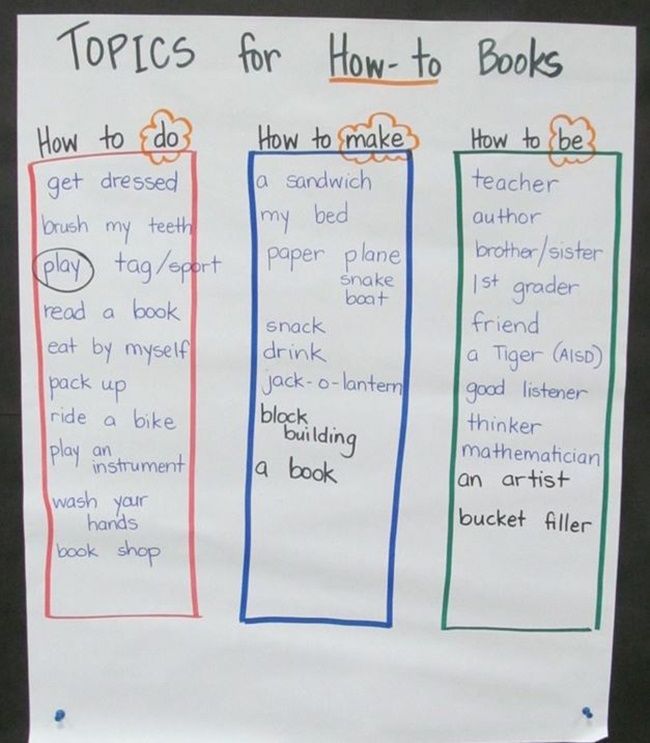 You can tour your local library and have your child pick out a few books to take home.
You can tour your local library and have your child pick out a few books to take home. - Visit a museum – Another great “reading field trip” option is to visit a museum. Museums often have a ton of great reading practice opportunities, and you can also prep your child before the visit by reading an article or story about the museum.
- Talk to an author – What better way to get your child about reading a book than by talking to the person that wrote it?
While you might not be able to talk to J.K. Rowling, many children’s books authors have meet ups at local bookstores or you can ask to talk to them virtually through Zoom.
Websites like Cameo also have some authors offering to record personalized videos, so you can have an author create a video just for your child!
- Create reading goals – Reading goals can help your child see the progress they are making and helps to keep them motivated. You can help them visualize and meet these goals by creating a reading goal chart or tracker and display it somewhere they will always see it.
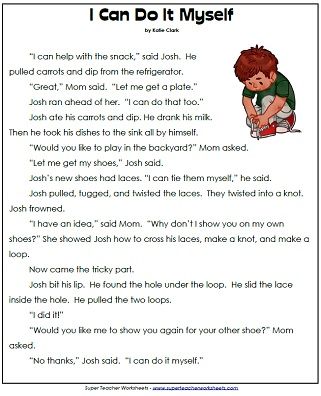
- Use a reading app – Technology is your greatest tool to help with your struggling readers. Try using reading apps such as Readability which acts like a private reading tutor for your child. They can get reading help whenever and wherever they need it!
- Get them to write – Reading and writing are closely related language skills. Often, good readers make good writers, and good writers make good readers.
You can encourage your child to practice their writing and reading skills by making comic books or short stories together then read them as their daily reading material.
First grade is a critical time for young readers to improve their reading skills and build new ones. Using activities and tools such as Readability can make reading fun and interactive for struggling or reluctant readers. Encouraging your child to read every day can help them to become a better reader and actually learn to enjoy reading.
How to teach a child to read quickly in grade 1: useful exercises
Parents are concerned about how to teach a child to read quickly in grade 1, because for many mothers this is an indicator of success.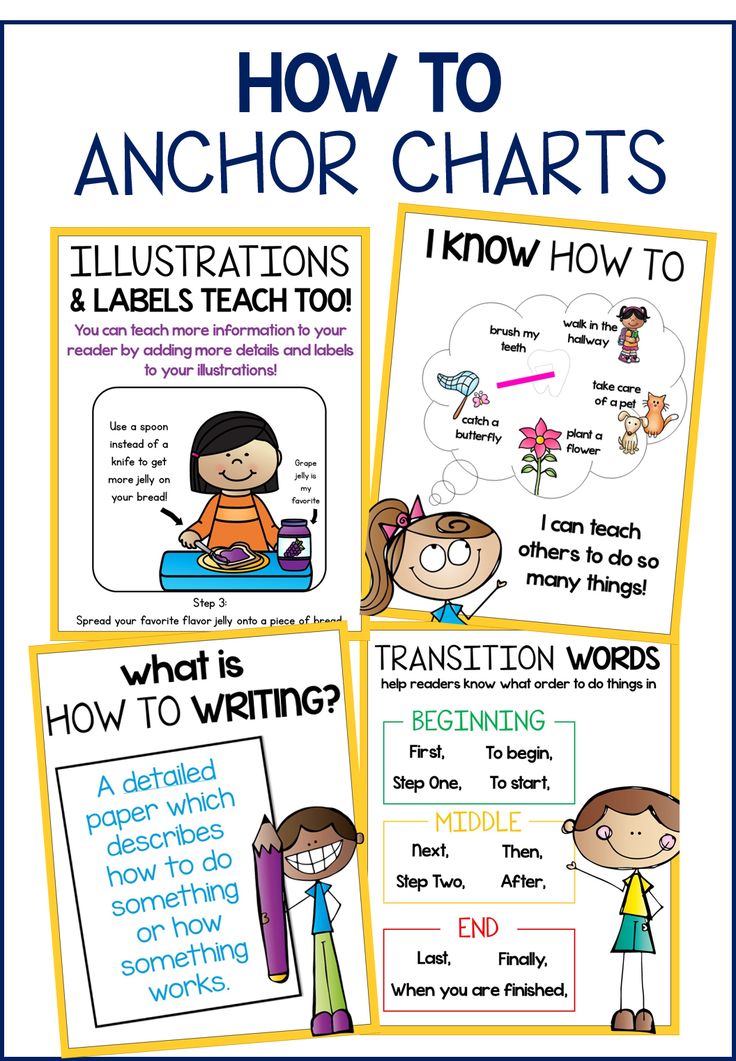 Let's figure out what for us adults to "read fast" and whether this race for medals is necessary for the child himself. How to teach a child to read: Grade 1 is a difficult period, how can we help a newly-made student.
Let's figure out what for us adults to "read fast" and whether this race for medals is necessary for the child himself. How to teach a child to read: Grade 1 is a difficult period, how can we help a newly-made student.
womanvote.ru
Quick reading: a tribute to fashion or a necessity?
Textbooks and programs change, but reading technique testing remains unchanged and is still strictly controlled in elementary school. And this is not a whim at all. The realities of modern life make us keep up with the times. In order not to drown and drown in the flow of information, it is important for modern children to learn how to read quickly as early as possible. If a child reads slowly, he spends more time doing tasks, gets tired faster and, as a result, loses interest in learning altogether.
NO! I would like to warn parents against rash and reckless decisions and actions.
First of all, you should understand once and for all that the pace of reading depends primarily on the individual characteristics of the child.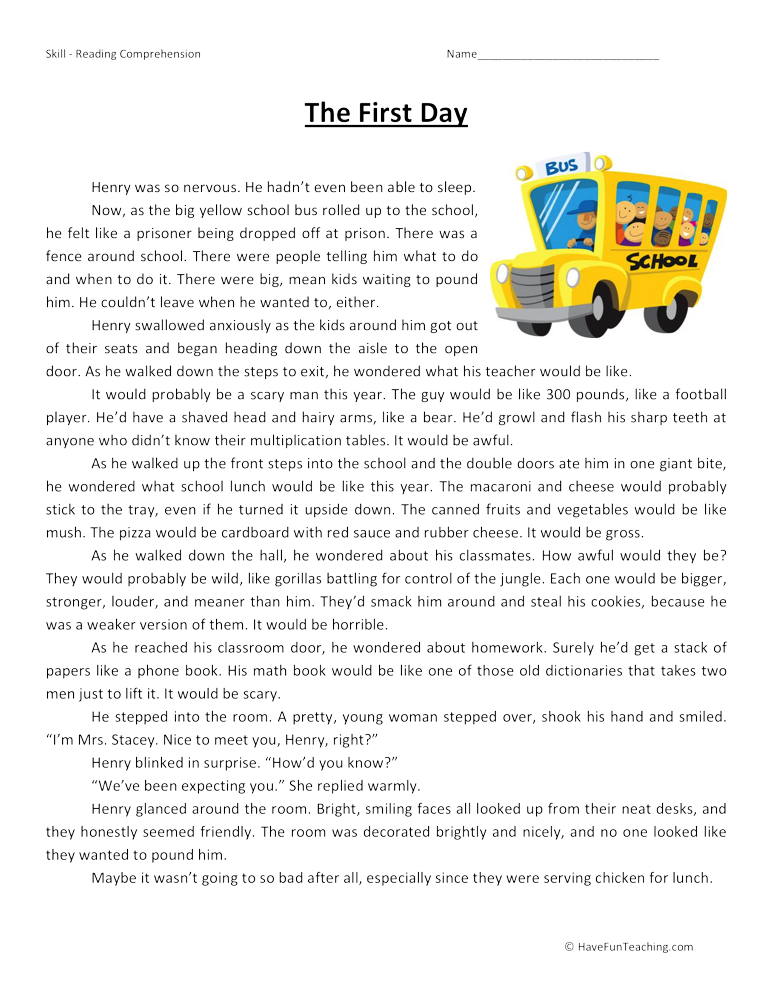 We can correct something, but we are powerless to influence something. If a child is slow in life, with a measured pace of speech, then we will not force him to read faster than he speaks.
We can correct something, but we are powerless to influence something. If a child is slow in life, with a measured pace of speech, then we will not force him to read faster than he speaks.
In the article "The child reads slowly: what to do?", we dwelled in detail on the possible causes of slow reading and the average norms for each specific elementary school grade. The main reason for slow reading is the wrong WAY of reading. By eliminating some technical errors, increasing the amount of memory and concentration of attention, we will get tangible results. A child in the 1st grade will begin to read faster, will get used to doing it correctly and in the future will improve the speed and awareness of reading. It's never too late to improve your reading technique! Even high school students and adults can take speed reading classes or do it at home.
Each child has individual developmental characteristics.
This does not mean that the process of learning to read should be left to chance and not read with the child before school.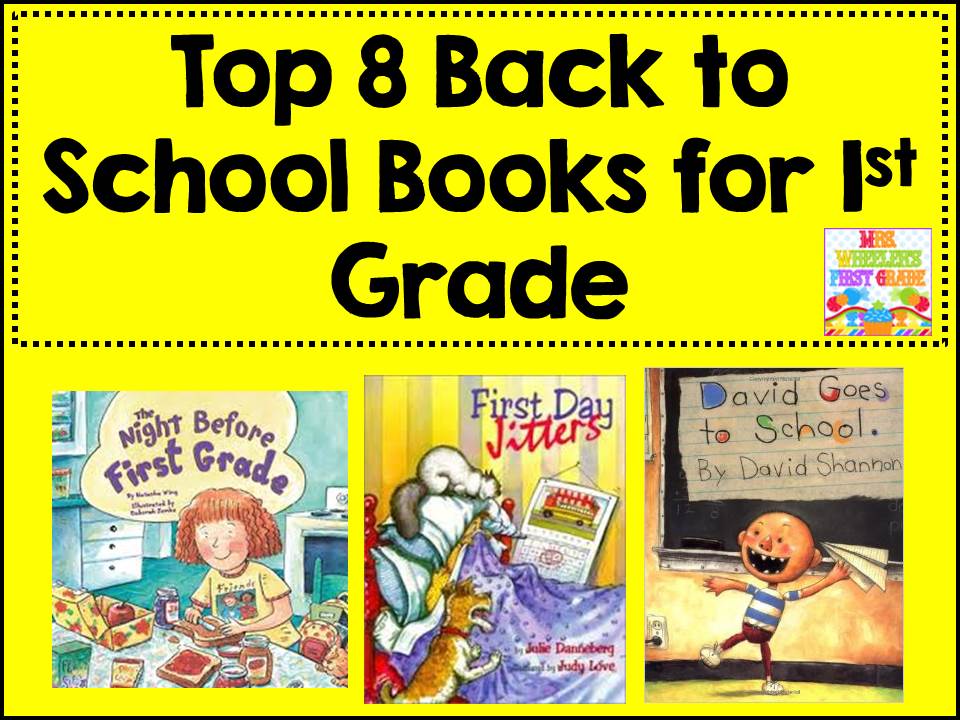 It means to hear and see YOUR child, not to compare his success in reading with Masha, who reads in syllables at the age of five, or with Vanya, who is six, and he reads fluently. Your child is not Masha or Vanya, he needs to look up to himself and try to learn to read not just quickly, but consciously and correctly. We will return to these concepts later.
It means to hear and see YOUR child, not to compare his success in reading with Masha, who reads in syllables at the age of five, or with Vanya, who is six, and he reads fluently. Your child is not Masha or Vanya, he needs to look up to himself and try to learn to read not just quickly, but consciously and correctly. We will return to these concepts later.
Don't wait until your child has problems with reading technique, you should start improving it as soon as the child starts learning to read.
The second important point that the parents of a first grader should understand. Learning to read to a child is not as easy as it seems to us adults. It is with us that this process has been brought to automaticity, it is we who clearly see and know the difference between a letter and sound, we understand how “zhi” “shi” in writing sound in reality, etc.
Motivation is important. If the child is not interested, he will not want to read.
Therefore, any education of children of 6 years old should be based on the interest, involvement of the child himself, the game.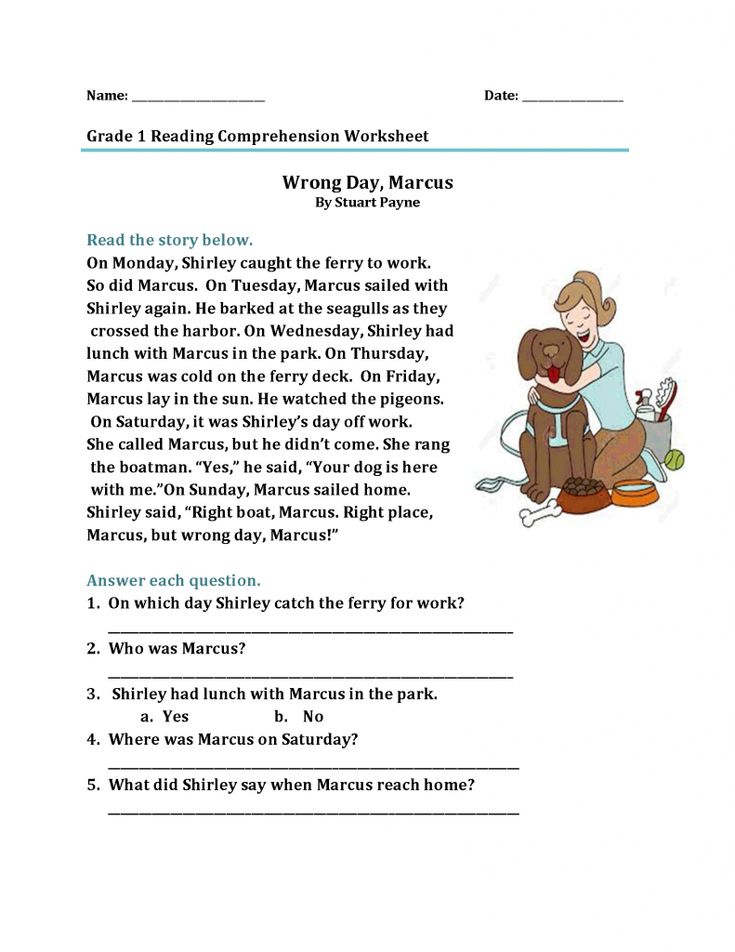 No coercion, otherwise the desire to go to school will disappear overnight. Younger children all the more need to be loyal in terms of early teaching them to read: they have enough games to recognize letters, the ability to hear and isolate individual sounds. Do not rush to teach a child of 3-4 years old to read: physically and psychologically, he is not yet ready for this. Readiness issues were considered in detail in Article “How to teach a child to read? We determine the readiness of children.
No coercion, otherwise the desire to go to school will disappear overnight. Younger children all the more need to be loyal in terms of early teaching them to read: they have enough games to recognize letters, the ability to hear and isolate individual sounds. Do not rush to teach a child of 3-4 years old to read: physically and psychologically, he is not yet ready for this. Readiness issues were considered in detail in Article “How to teach a child to read? We determine the readiness of children.
What to pay attention to: learning to read quickly
prochado.ru
1. Development of anticipation (prediction).
Why do adults read fast? Because they predict the next word, phrase, end of a phrase, i.e. see the text as a whole. The child does not yet know how to do this, so his reading rate is much lower. He sees only the next syllable, the word. Not only does he need to see, he also needs to understand the meaning of what he has already read and the phrase as a whole.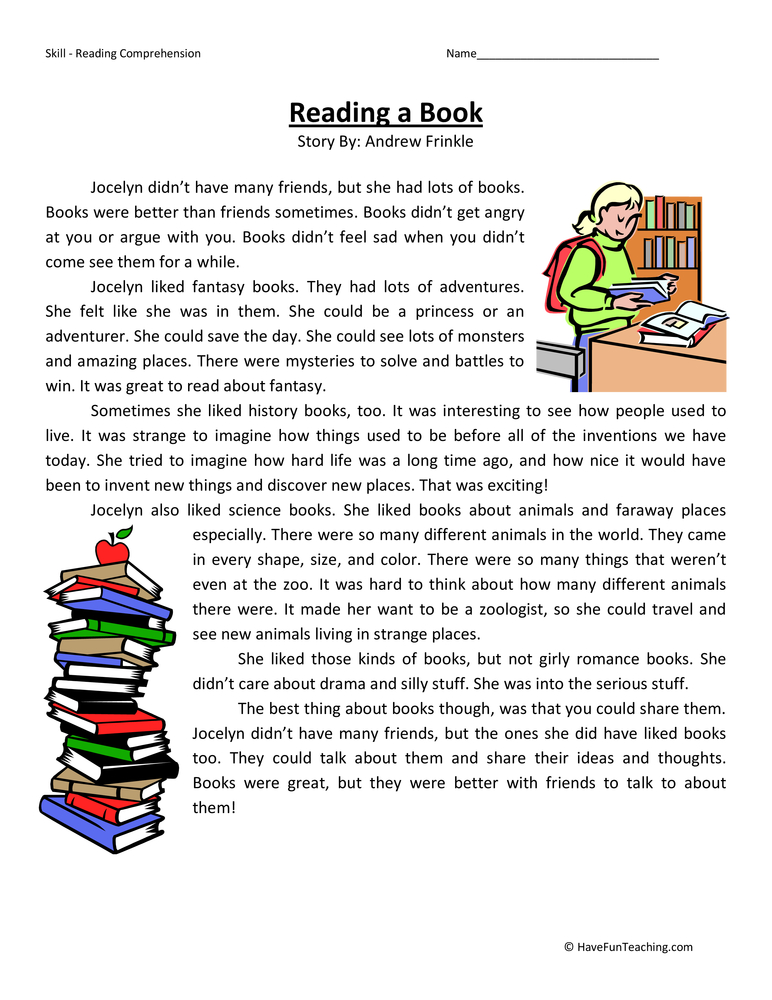 This is the main difficulty, it is worth working on it in order to teach a child in grade 1 to read well and quickly.
This is the main difficulty, it is worth working on it in order to teach a child in grade 1 to read well and quickly.
2. Development of memory, attention, perception, thinking.
In fact, working directly with the text is only a small part of what helps to improve children's reading skills. Much more time should be spent on the development of intelligence in general. The point is not to teach a child in grade 1 to read quickly, speed reading is not an end in itself. The goal is to speed up mental operations, develop cognitive skills. Only then will you see the result and success in reading, writing, counting.
3. Raising a culture of reading, instilling interest in reading.
Lack of interest is the result of wrong training. Learning to read "from under the shelf" is not an option.
4. Physical training and development of fine motor skills.
You might be surprised, but all kinds of clubs and sports clubs most directly affect the development of reading skills.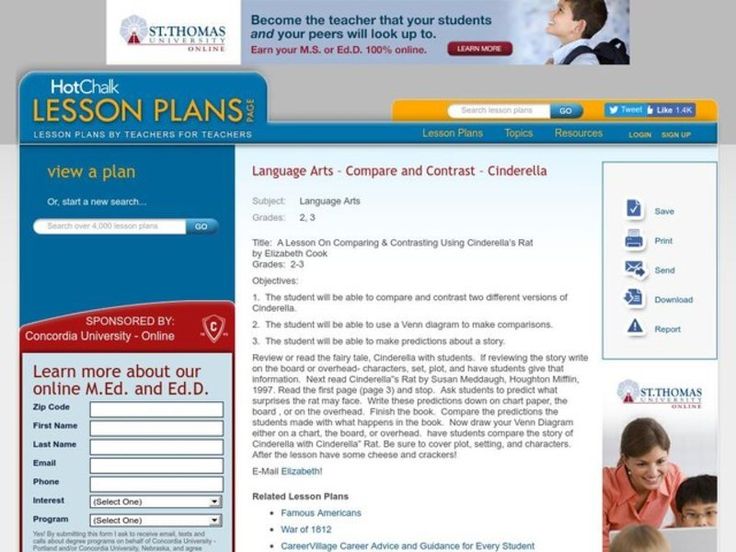
How to teach a child to read: Grade 1,
games and exercises
pedsovet.su
All sorts of games with words and regular exercises and training will help instill interest in the reading process itself and increase reading performance.
Joker Letter
Prepare cards with short poems, riddles, proverbs, etc. Write the text in large print so that the child can easily read. Modify a few letters: turn over, highlight in a different font, replace with pictures, etc.
Have the child read the text. Gradually, you can complicate the task: enter more joke letters into seemingly “normal” text.
Crossing out
Any text written in large print will do for the exercise (not in books!). For example, a newspaper or magazine (already read, with text accessible to the child) can be printed specifically on A4 format. Task: cross out the letter A or paint over O. We mark the time - and the child does it.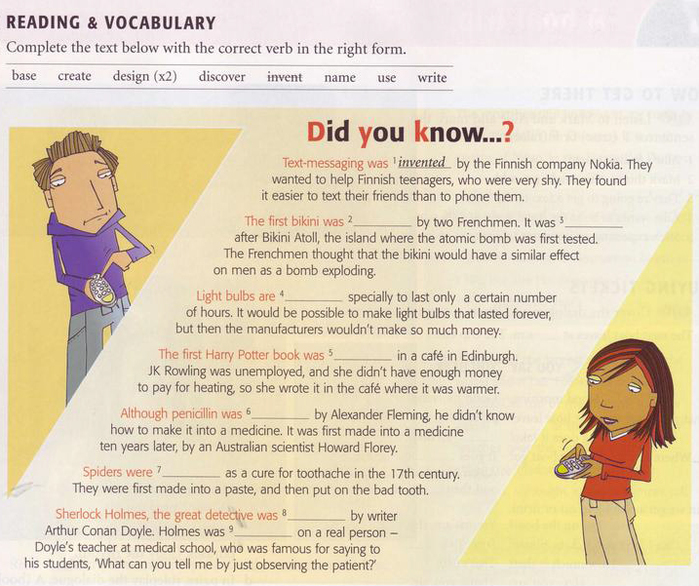 The meaning of the task is not “cross out as much as possible”, but “do not miss a single one”.
The meaning of the task is not “cross out as much as possible”, but “do not miss a single one”.
If the child copes, you can make it more difficult: And cross out in blue, Y - in green, O - paint in purple, S - circle, etc. It’s good to give “rare” letters from time to time: Ф, Ъ, Ш.
You don’t need to write down the task - we train memory, the child must keep the task in his head.
"Garber language"
The scientist studied the gibberish language and wrote down the words on cards. But all the cards are mixed up. Task: help the professor sort the word cards. All the same words - in one pile.
The meaning is that words do not carry a semantic load. The exercise develops spelling vigilance, helps to improve reading technique in a playful way.
Prepare cards with pseudo words. Several sets are desirable, where there will be 5-7 words each. Pseudo-words should differ by one or two letters, the order of letters, etc., but only slightly, almost imperceptibly.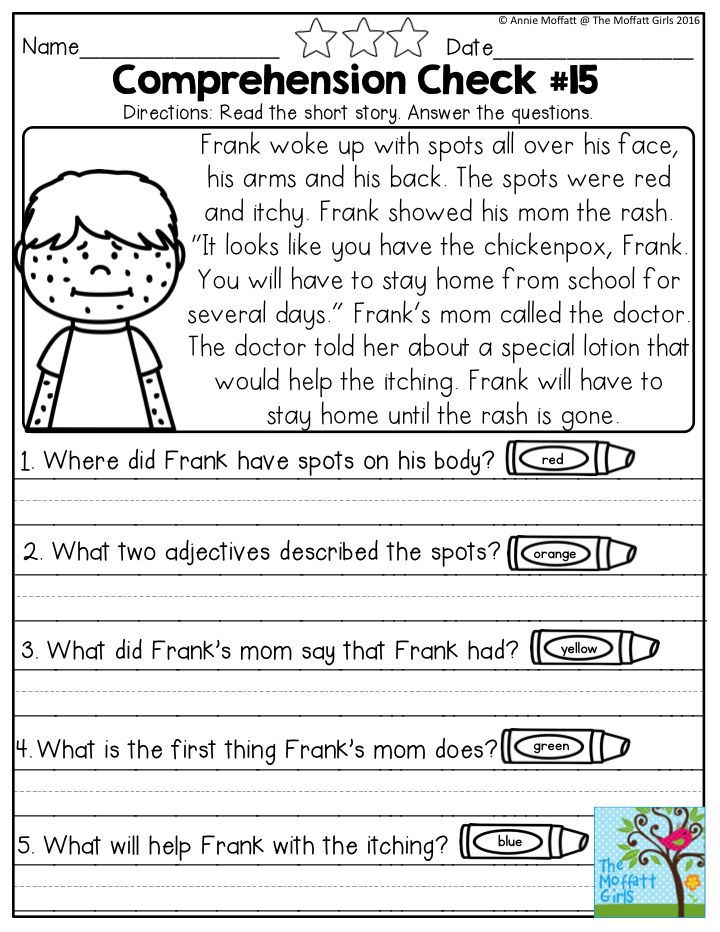 For example, you can use such "gibberish words": "MURBURKA", "MURBURGA", "MURBURGA", "MUBRURKA", "MUBRUKRA", etc.
For example, you can use such "gibberish words": "MURBURKA", "MURBURGA", "MURBURGA", "MUBRURKA", "MUBRUKRA", etc.
Reading “tops and spines”
the child reads "by the top". If at the beginning it will be difficult, allow you to move for a while and peep. The same “on the roots” - close the top of the line to half. This is already more difficult, but over time the child will begin to cope without errors and quickly enough.
"Vrednyuchka"
Vrednyuchka reads words not from left to right, but from right to left. A very useful exercise at the initial stage of learning to read. The child trains without tension, because. does not try to catch and remember the meaning (meaning) of the word.
It is more difficult to read backwards, but children have fun, they enjoy practicing and playing with flip words.
Simultaneous reading
The essence of the exercise is that an adult and a child have the same text in front of their eyes.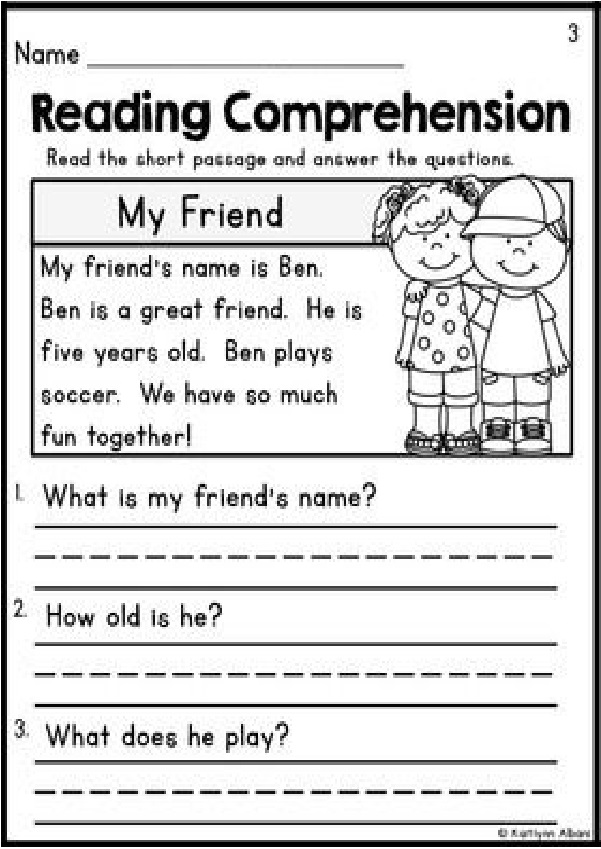 An adult reads expressively aloud, and the child follows (you can use a finger or a pointer). At some point, you can be asked to show the place where the intonation, the pace of reading has changed, find a certain word or sentence, and then read it yourself.
An adult reads expressively aloud, and the child follows (you can use a finger or a pointer). At some point, you can be asked to show the place where the intonation, the pace of reading has changed, find a certain word or sentence, and then read it yourself.
These tasks are aimed at increasing the level of RAM.
Visual dictation
The child is given 1 sentence. He looks at it, remembers it, and then writes from memory. Such tasks should be given regularly, it improves RAM. Within a month, you will notice tangible results.
Tongue twisters
To improve the functioning of the articulatory apparatus, tongue twisters are suitable. Learn, repeat, compete who is faster, etc.
“Toss – notch”
The child starts reading at the word “throw”. Hearing the "serif", he leans back in his chair and closes his eyes - he is resting. After 5 seconds again "throw!" - the child must quickly find the place where he finished and continue reading. Moreover, you can’t follow with a finger or a pointer, only with your eyes.
Moreover, you can’t follow with a finger or a pointer, only with your eyes.
"Familiar-unfamiliar"
It is very useful to alternate reading a familiar passage of text with an unfamiliar one. The pace will be different. The first time, going to an unfamiliar passage, the pace of reading will be kept quite fast. By practicing this regularly, you can significantly improve the reading performance of children in grade 1.
If you have any difficulties, do not be afraid to seek help from specialists. Sometimes, reading problems in a grade 1 child are associated with dyslexia. What it is and whether it is worth being afraid of, read in our article by our author, a speech therapist by education, Olga Pleshko “Reading disorder: dyslexia. How to help a child?
Dear parents! Tell us about the difficulties you encountered when teaching children to read in grade 1, how did you improve your reading technique. Is it possible to teach a child to read quickly in 1st grade?
How to help a first grader who is bad at reading
If you explain to a child why he is doing something and show that it is interesting, then he will not have to be forced or persuaded. This method works great with reading. Our blogger Ekaterina Buneeva wrote a plan for working with the text to captivate the child and show what a pleasure it is to read.
This method works great with reading. Our blogger Ekaterina Buneeva wrote a plan for working with the text to captivate the child and show what a pleasure it is to read.
First graders have been studying at school for four months. Do they love to read? Are they interested in reading lessons? If your child likes it, congratulations! And if not, I can guess why:
- The child reads slowly, fails to keep up with the pace of the class.
- It's still difficult to read on your own, so it's boring. Likes to be read aloud to him.
- Reads well, so reading and listening in class is not interesting.
There may be other reasons for not liking reading, but there is only one way to help: you need the process itself to captivate the child. How to do it? Read together. An important condition: you yourself should be interested. Try to act like this.
1. Read the title and look at the pictures
Have the child read the name of the text. Look at the illustrations together and discuss what and who will be discussed.
Look at the illustrations together and discuss what and who will be discussed.
- “Have you already guessed who the heroes are?”
- "What will it be - a story, a fairy tale, a poem? How did you understand this (a)?
- "What do you want to ask the author of the text?"
Choose questions depending on the content of the text. Now you can read it and check your assumptions.
2. Reading to ourselves
It is good if for the first time the child tries to read at least a small piece to himself. Much depends on the text and the level of the child. If he is not very tall, at first it is better to take short and light texts, but let him try to read to himself. Just don't rush it in any case.
Then ask the child what he understood and felt, what he thought. Discuss together which of your assumptions were confirmed and which were not. First listen to the child, and then express your opinion.
3. Now let's read aloud
If the child is having difficulty, take turns reading. Just don't just "voice" the text. Use the techniques of so-called "slow" reading: pause where you need to comment on something, explain a word or answer a child's question, engage in a dialogue with the author of the text.
Just don't just "voice" the text. Use the techniques of so-called "slow" reading: pause where you need to comment on something, explain a word or answer a child's question, engage in a dialogue with the author of the text.
Many children ask questions while reading, and that's great! In no case do not say: “I’ll finish reading it, then you’ll ask!” or "Don't interrupt! If you don't want to listen, read it yourself!" Follow the child, his reaction, emotions and thoughts.
4. Choosing a passage
When you have seen the child's emotional reaction to the text and made sure that he understood it, offer to expressively read aloud the passage that he chooses.
Be sure to offer your version of expressive reading - but later. Let the child read first. “How interesting you did it! And I would read it like this ... ".
5. Let's talk about the writer
If you know some bright, interesting facts about the writer's biography, tell your child about them.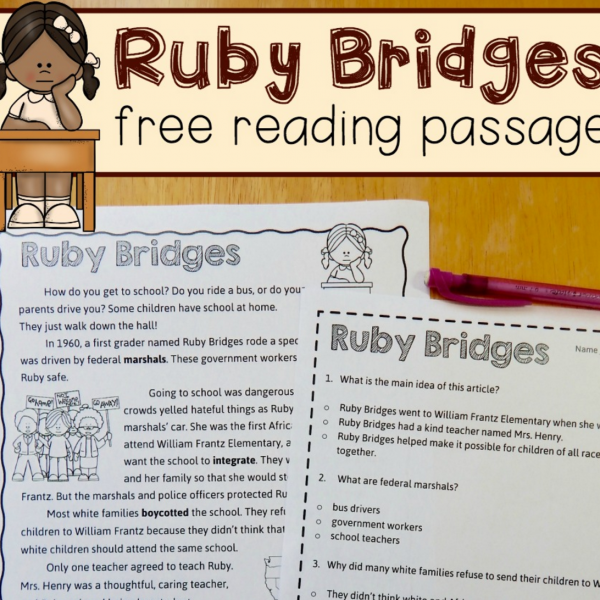 Be sure to ask what kind of person the author of the text seems to him: how he relates to people, to life, what he likes and disagrees with, whether he has a sense of humor, and so on.
Be sure to ask what kind of person the author of the text seems to him: how he relates to people, to life, what he likes and disagrees with, whether he has a sense of humor, and so on.
In general, the idea is to read together, emotionally experience the text, understand the content and share your reading discoveries. Even if the first grader is still reading slowly and uncertainly, such joint reading will show him how interesting and exciting this process is.
Using one text as an example, I will show how my granddaughter and I read together
1. The child reads the title: "Visiting the gnome." “What is the text about? What would you like to ask?" The granddaughter asked who was going to visit the gnome, and I asked like this: “I wonder if the gnome has some kind of holiday?” Together we suggested that, most likely, yes, a holiday, but it is not yet clear which one, you need to read.
2. “Here is the picture for this story. Look: what can you guess? In the picture, the gnome puts the samovar.
3. We read the text to ourselves. When the child read, I ask: “Now have we found out what holiday the gnome has and who came to visit?”
4. Now we read aloud one by one, I comment on the text and have a dialogue with the author.
Symbols:
B - a question that the reader asked the author of the text in the course of reading;
O - reader's answer, his assumptions;
P - check if your answer matches the one given by the author of the text.
Visit the gnome
The gnome's house is far away in the forest. The gnome has a birthday. (O: “What a holiday!”) Guests rush to him (B: “I wonder who they are and why they are in a hurry?” A: The child answers, I don’t comment in any way, read on). Here the owl flew off the branch and flew to the house. (O: “First guest!”) The mole left early and walked along the path for a long time. (O: “Here’s another guest.” Q: “Why did the mole walk for a long time, did you guess?” A: We clarify that moles live underground, they don’t see well in the light, which means the mole is walking slowly. Here it is in the picture.)
Here it is in the picture.)
The first to jump was a deer with daisies. Then came beavers with water lilies. (O: "Of course, they are the fastest!" Q: "And daisies and water lilies - to whom?") Bees arrived with delicious honey. (P: “Guests are gathering. And everyone has a present!” We found the answer who the guests are.) The little fox carefully carried the basket with raspberries past the rosehip bushes. (Q: “Why carefully, guessed?” A: “Of course! The little fox has a beautiful fur coat, and the dogrose is prickly.”) The snail came after the mole. That's all the guests in place! (Q: “Guessed why the snail came later than everyone else?” A: The child answers.) There are sweet pies on the table, the samovar is boiling. The gnome is happy with the gifts.
5. We discuss what we have read. "How many guests are there? Let's count. Can you list everyone? Why were they in a hurry?" We decide that all the friends wanted to please the gnome on his birthday, they were afraid to be late and therefore were in a hurry.



